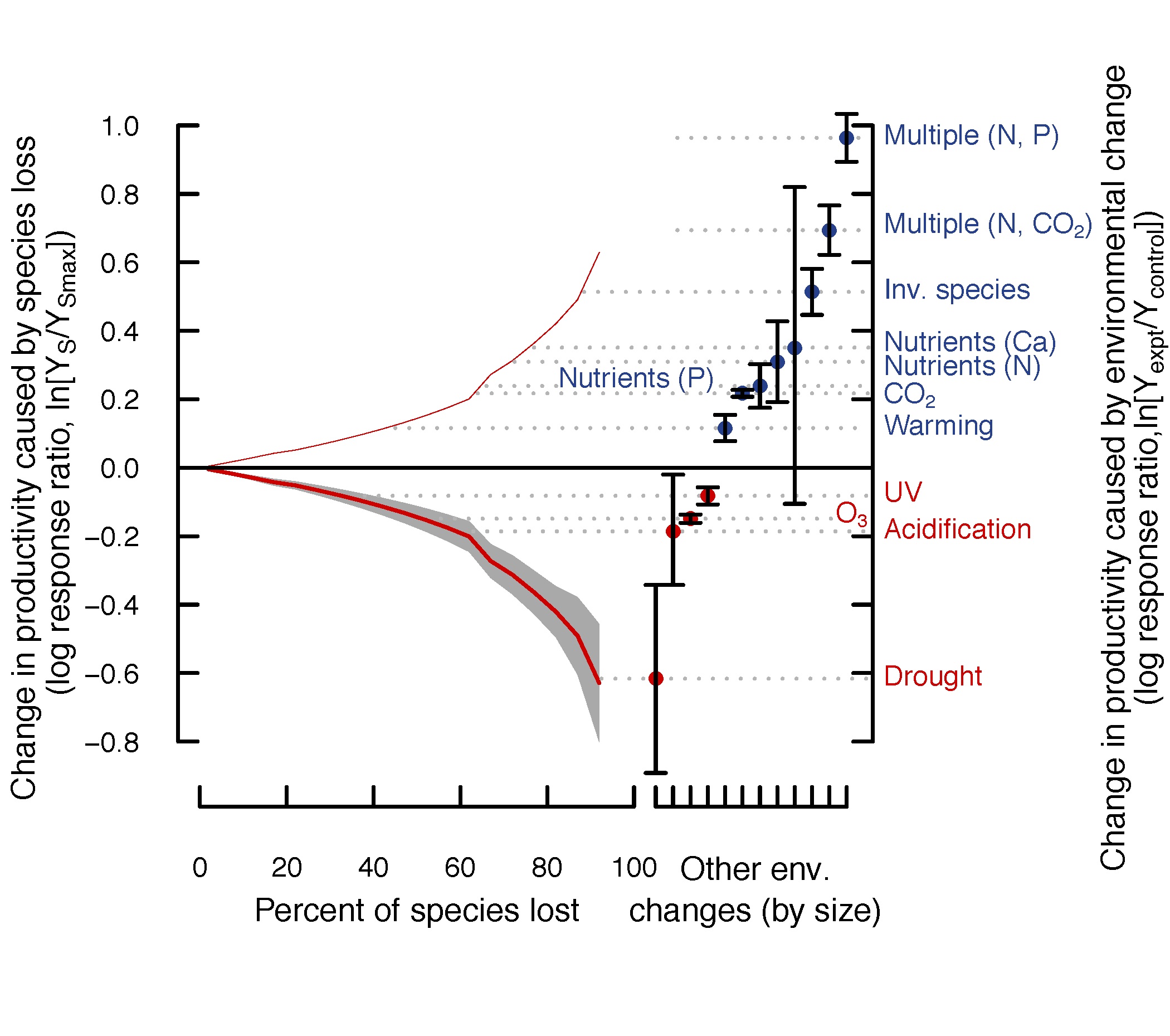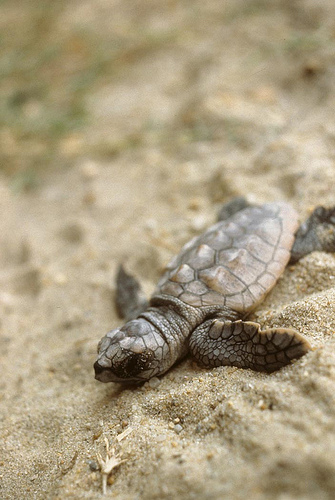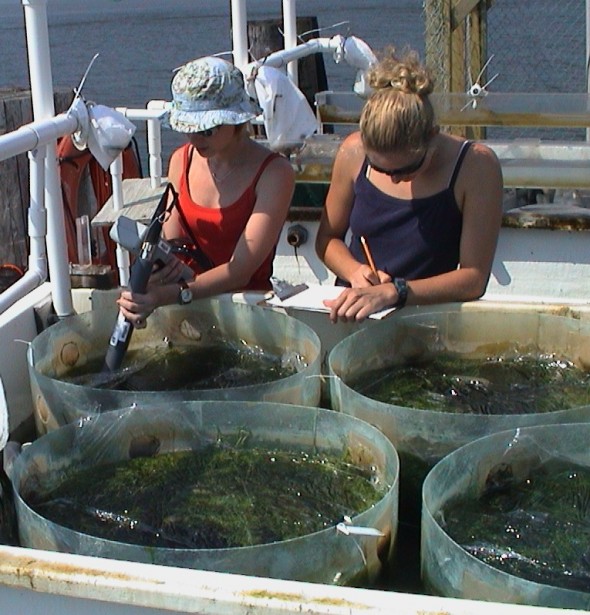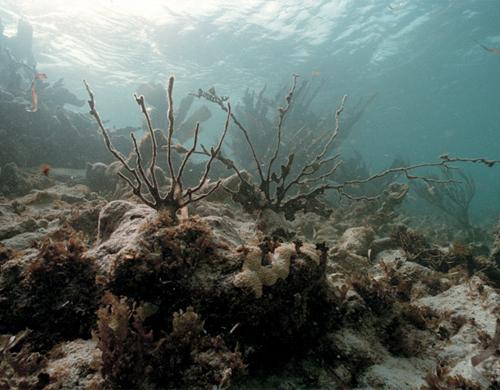Current estimates suggest we are now, or soon will be, in the grip of earth’s sixth mass extinction of species. This is of course a tragedy in many ways—but will it really affect us in any substantial way? With the thundering hooves of all the other apocalyptic horsemen bearing down on us—global warming heating, hypoxic dead zones, overfishing, ocean acidification—can we afford to worry about declining biodiversity? Is this really that big a deal?
Yes. In fact we can’t afford not to worry about biodiversity.
That is the message from our new analysis, published online today in Nature. For the first time we’ve been able to compare–directly, quantitatively, and rigorously–the impacts of losing wild species to the effects of all the other human-caused environmental changes on the productivity and functioning of ecosystems and their ability to continue providing for us.
The time is ripe because two decades of research have now shown pretty conclusively that more biologically diverse ecosystems are generally more productive, as John previously highlighted here. And that means that ongoing extinctions of species caused by habitat loss, overharvesting, and a slew of other environmental changes might well stuff up nature’s ability to provide things we need and want. Like food, clean water, and a stable climate. But so far it’s been unclear how such biodiversity losses stack up against other big environmental changes.
Now we can answer that question with some confidence.
Our team combed the scientific literature for rigorous peer-reviewed experiments that measured impacts of various global environmental stressors on plant productivity and decomposition, two processes that are fundamental to support of food webs, habitat structure, and carbon cycling in ecosystems. We then compared those effects with impacts of changing diversity, drawn from a growing database of of experiments that manipulated the number of species and examined the impact on ecosystem processes. By tallying up results from all these studies, we could compare how important losing species is relative to various other environmental changes in affecting ecosystem productivity and decomposition.
 What did we find? The geekish details are in the figure at right, which shows how plant production (thick red line) declines with the percent of species that are lost, averaged over 62 studies and >300 observations. The thin red line simply shows the inverse of the thick red line to allow comparison of how lost biodiversity compares with environmental changes that increase plant production (shown in blue font). The dotted grey lines show the average effect of each environmental change (right axis) for comparison with the effect of species loss.
What did we find? The geekish details are in the figure at right, which shows how plant production (thick red line) declines with the percent of species that are lost, averaged over 62 studies and >300 observations. The thin red line simply shows the inverse of the thick red line to allow comparison of how lost biodiversity compares with environmental changes that increase plant production (shown in blue font). The dotted grey lines show the average effect of each environmental change (right axis) for comparison with the effect of species loss.
What the global synthesis shows is that in areas where local species loss during this century falls within the lower range of projections (<20% of plant species lost), there should be relatively little impact on plant production. OK, that’s comforting.
But where extinctions reach intermediate projections (21-40% of species lost), plant production is expected to fall by 5 to 10 percent, an effect comparable to expected impacts of climate warming and ozone loss. This level of diversity loss would be pretty typical of heavily developed areas.
 Finally, at higher levels of extinction (41-60% of species lost), impacts rank with the big daddies of global change such as acid deposition on forests and nutrient pollution. In other words, losing half the plant species in an area is like dousing it in acid rain. What’s more, as you can see from the figure, the decline in productivity actually accelerates as more species are lost. In other words, biological poverty is like a slippery slope — the more species you lose, the faster you slide downward into dysfunctional ecosystems.
Finally, at higher levels of extinction (41-60% of species lost), impacts rank with the big daddies of global change such as acid deposition on forests and nutrient pollution. In other words, losing half the plant species in an area is like dousing it in acid rain. What’s more, as you can see from the figure, the decline in productivity actually accelerates as more species are lost. In other words, biological poverty is like a slippery slope — the more species you lose, the faster you slide downward into dysfunctional ecosystems.
We’ve known for some time that declines in seagrasses, forage fish, and other species can disrupt marine ecosystems that provide food and jobs for coastal communities. What the new results show is that the link between declining wild species and loss of productivity is both strong and general. And there are many such threatened species — the U.S. Fish and Wildlife Service currently lists 75 species as endangered or threatened in my home state of Virginia, including the shortnose sturgeon, the Atlantic sturgeon, and all five species of sea turtles found in our waters.

The paper is the first fruit of the NCEAS Working Group led by Brad Cardinale, Dave Hooper, and myself over the last couple of years. Our aim was to sketch out the emerging frontiers in research linking biodiversity to ecosystem functioning, and more particularly, wrestle with how to translate the huge body of experiments in Petri dishes and field plots to say something concrete and predictive about how biodiversity is important in the real world.
To do so, we invited a large group of talented ecologists—from land and sea, various countries, young and not so young (probably I was the not-so-youngest), experts in theory and experiments—and locked ourselves in a room in Santa Barbara for several weeks until we figured it out. Actually, the three weeks were separated in time, and we allowed ourselves out for sushi and cocktails from time to time, so it wasn’t as bad as it sounds.
For an inside scoop with more details on the genesis of the paper, see the great post by my colleague and co-author Jarrett Byrnes at i’m a chordata! urochordata!

Leave a Reply